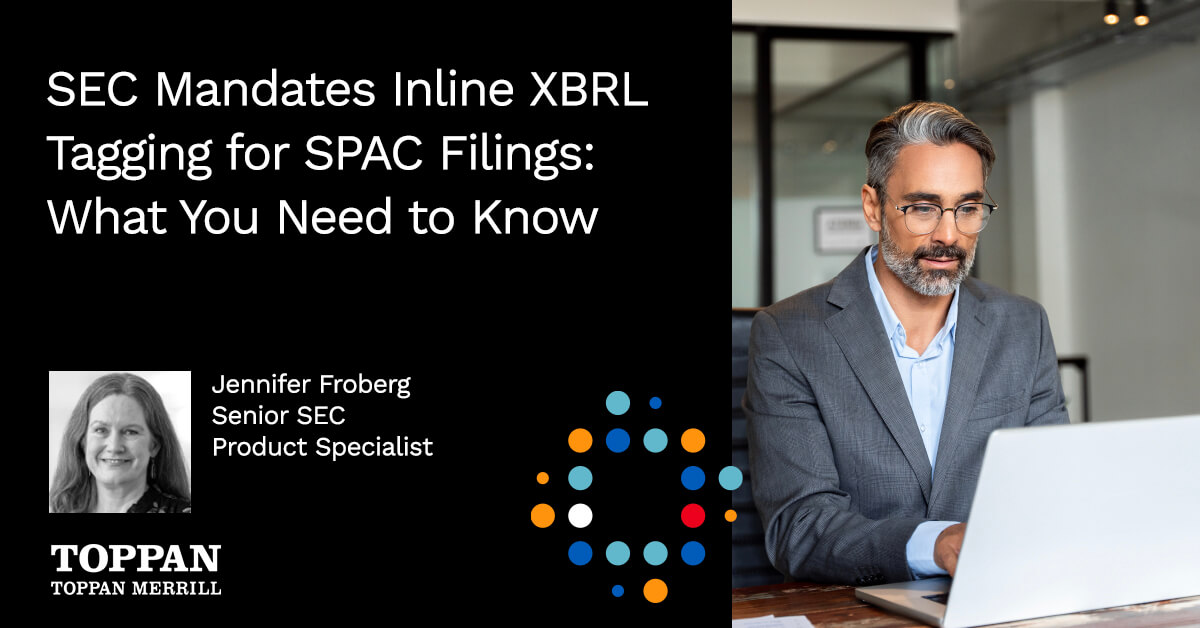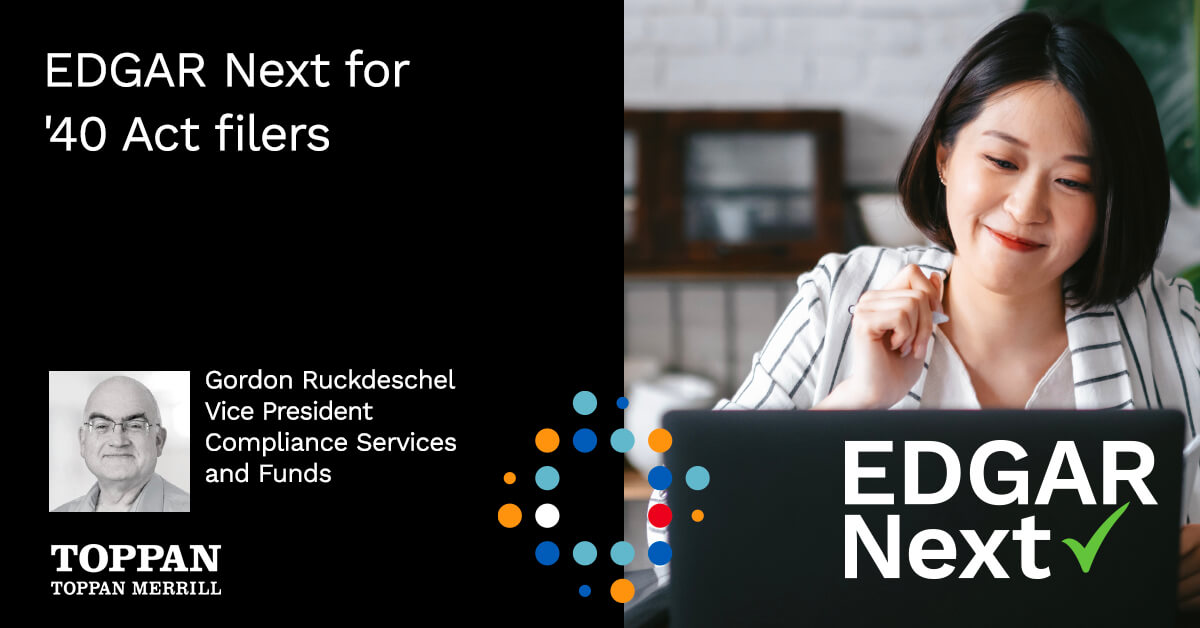The U.S. Securities and Exchange Commission (SEC) faces an uncertain timeline to implement its new climate disclosure rule, as nine legal challenges have now been transferred to the U.S. Court of Appeals for the Eighth Circuit.
On March 6, 2024, the SEC adopted final rules related to climate-disclosure information – the Enhancement and Standardization of Climate-Related Disclosures for Investors. The final rule is available here. Our prior alert on this initiative is available here.
Climate reporting falls into three general emission “buckets”: Scope 1 emissions are direct emissions from operations owned or controlled by the company. Scope 2 emissions are indirect emissions from the generation of purchased electricity consumed by the company. Scope 3 is another form of indirect emissions that are related to consequences of the activities of the company but not from sources the company owns or controls. Notably, the SEC removed the requirement to report on Scope 3 emissions. Moreover, this final rule exempts smaller reporting companies (SRCs) and emerging growth companies (EGCs) from Scope 1 and 2 reporting.
Highlights for SEC registrants will be the need to:
- Report climate-related risks that have had or that are reasonably likely to materially impact the business strategy, results of operations, or financial condition.
- Disclose the actual and potential material impacts of climate-related risks on the registrant’s strategy, business model, and outlook to assist in understanding how the registrant’s business strategy or business model has changed or will change in response to those impacts.
- Disclose any efforts to mitigate or adapt to climate-related risks including the use of transition plans, scenarios analysis, or internal carbon prices.
- Reveal any oversight by the board of directors of climate-related risks.
- Provide their Scope 1 and Scope 2 Greenhouse Gas (GHG) emissions in the case of large accelerated filers (LAFs) and accelerated filers (AFs) that are not otherwise exempt.
- File limited assurance and reasonable assurance statements, in the case of LAFs and AFs that disclose Scope 1 and Scope 2 GHG emissions.
Although it was slated to go into effect 60 days after publication in the Federal Register, legal challenges are already being mounted that will delay implementation. The Fifth Circuit in Liberty Energy v. SEC, 5th Cir., No. 24-60109, order issued March 15, 2024, issued an administrative stay temporarily halting the new rule. A number of state-led challenges to the rule were also filed by coalitions of State Attorneys General including petitions in the Eighth Circuit led by the Iowa Attorney General and Eleventh Circuit led by West Virginia and Georgia. Environmental groups and industry also filed petitions for review in the Second, Fifth, Sixth, and District of Columbia Circuits. Due to the significant number of cases, the SEC filed notice of multi-circuit petitions with the United States Judicial Panel on Multidistrict Litigation, and an order was issued on March 21, 2024, to consolidate the nine petitions that were pending.
The Eighth Circuit was designated to hear the petitions. In response, the Fifth Circuit dissolved its administrative stay upon transfer to the Eighth Circuit. These lawsuits make the fate of this and other climate reporting rules unclear. The consolidated case, In Re: Securities and Exchange Commission, The Enhancement and Standardization of Climate-Related Disclosures for Investors, Issued on March 6, 2024, J.P.M.L., MCP No. 180, will be monitored for updates.
The SEC joins California and the European Union (EU) in this groundbreaking area of corporate regulation. A comparison of these programs is provided in Table 1.
Table 1. Comparison of SEC, California, and EU Climate Disclosure Requirements
| Provision | SEC | California | European Union |
|---|---|---|---|
| Companies Subject to Reporting | SEC registrants (foreign and domestic companies that file SEC disclosures/statements). | U.S. public and private companies doing business in California making more than $1 billion revenue in prior year. | All large and all listed companies including, but not limited to, non-EU companies that generate over EUR 150 million on EU market and have at least one large subsidiary or small or medium-sized subsidiary listed on an EU-regulated market or a branch in the territory with more than EUR 40 million turnover. |
| Greenhouse Gas Emission Scope | Scope 1 Scope 2 | Scope 1 Scope 2 Scope 3 | Scope 1 Scope 2 Scope 3 |
| Materiality Element | Yes, report on material risks. | No. | Yes, it incorporates a double materiality principle that requires impact (to people and environment) and financial materiality (matters that impact finances). |
| Governance Disclosure | Disclose Board oversight of climate related risks. | No. | Yes, must report on certain Governance factors. |
| Compliance deadlines | Disclosures and financial statements about material expenditures and impacts, including financial estimates and assumptions: LAFs―FYB 2025/2026 AFs―FYB 2026/2027 Others―FYB 2027/2028 GHG emissions/assurances: LAFs—FYB 2026/2029AFs—FYB 2028/2031 | Requires the California Air Resource Board to develop and adopt regulations by January 1, 2025. Regulations will require reporting entities to obtain an assurance agreement starting in 2026, on Scope 1 and 2 emissions, and starting in 2027 for Scope 3 emissions. | Phased in stages beginning with reporting in 2025. |
View source (for all formatting, tables, footnotes, etc) >>”
About the authors
Martha E. Marrapese is a sought-out legal and policy advisor on matters where technological advancement, environmental protection, and governance intersect. Her clients are solving today’s major environmental security issues including climate change, PFAS contamination, and ocean plastics. Martha frequently consults on chemical control under the Toxic Substances Control Act (TSCA), as well as initiatives that advance bio-based, sustainable products. Her expertise lies in chemical regulation to help clients open markets and help to keep them open. She is sought-out by clients who need to secure new chemical approvals in a timely way with freedom to operate.
Martha’s experience makes her ideally suited to counsel corporations most likely to experience growth in relation to the Biden-Harris Administration’s initiatives on climate, renewable energy, and national goals to curb plastic waste. These government initiatives will directly result in the need for TSCA support in areas such as electric batteries, bio-based plastics, and products enabled through nanotechnology. A more comprehensive approach to EPA risk evaluations and risk management of existing chemicals under the current Administration makes her experience in negotiating consent orders on chemicals with respect to workplace requirements and downstream processing highly relevant in today’s regulatory environment.
Nur Ibrahim provides counsel to clients in environmental, natural resources, land use, and cybersecurity matters. She assists clients with project permitting and approval, environmental due diligence, and land use and infrastructure issues. She gained experience representing state agencies at the Minnesota Attorney General’s Office.



